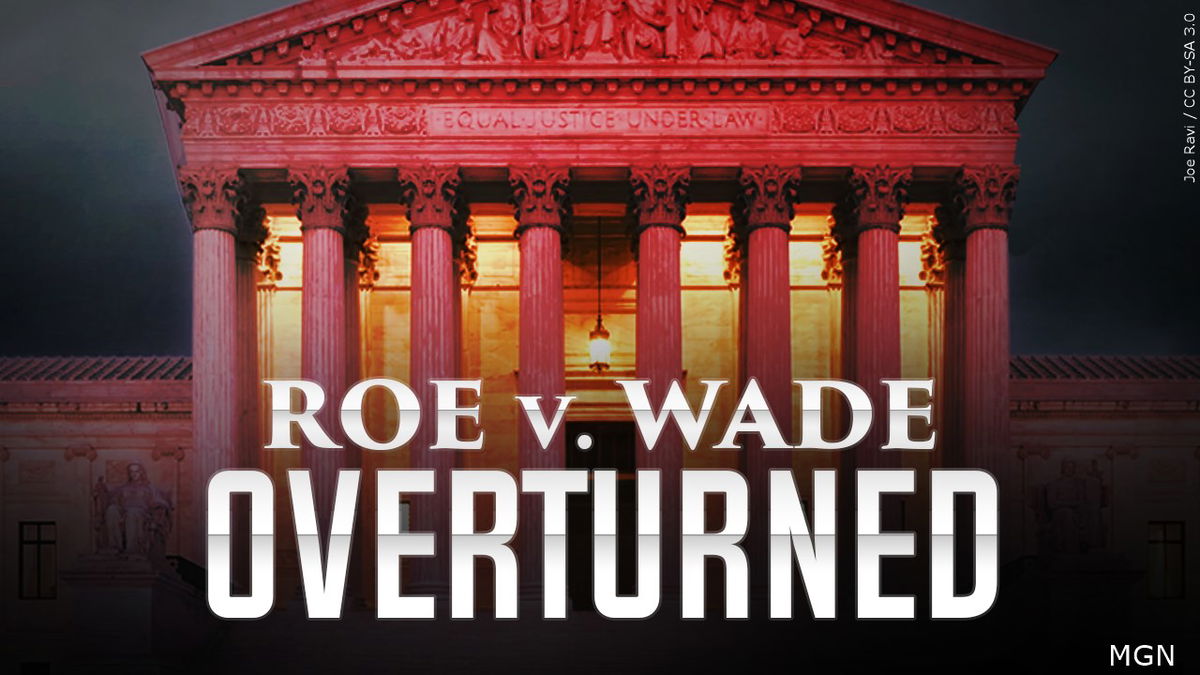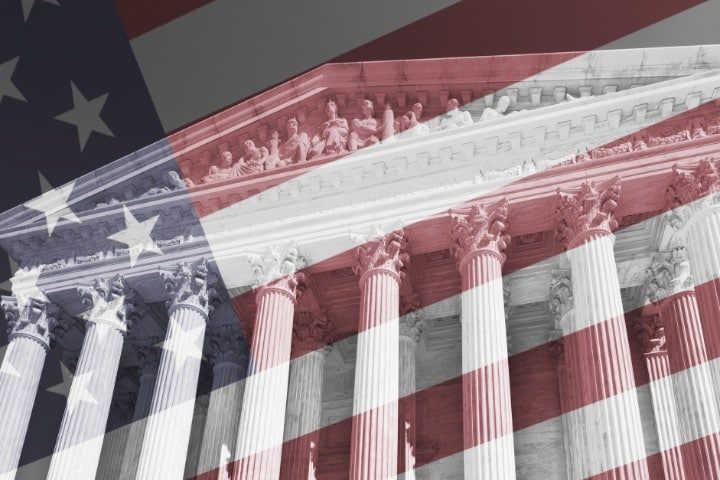Supreme Court’s Decision

Scotus overturns chevron – In a landmark decision, the Supreme Court overturned the long-standing Chevron Doctrine, which gave deference to federal agencies’ interpretations of ambiguous statutes.
The Supreme Court’s recent decision to overturn the Chevron deference doctrine has significant implications for civil rights. The Civil Rights Act of 1964 prohibits discrimination based on race, color, religion, sex, or national origin. However, the Chevron doctrine allowed courts to defer to agencies’ interpretations of ambiguous statutes.
This deference made it easier for agencies to enforce civil rights laws. With Chevron overturned, courts may now be more likely to interpret statutes narrowly, which could make it more difficult to protect civil rights.
The Chevron Doctrine was established in 1984, and it held that courts should defer to an agency’s interpretation of a statute if the statute is ambiguous and the agency’s interpretation is reasonable.
The Supreme Court’s recent decision to overturn Chevron deference, a legal doctrine that gave deference to agency interpretations of ambiguous statutes, has significant implications for administrative law. As explained in chevron deference overturned , the Court held that agencies no longer have the same level of deference when interpreting statutes, and courts will now have a more active role in reviewing agency actions.
This shift in the balance of power between agencies and courts could have a major impact on the way that federal agencies operate.
Arguments Presented, Scotus overturns chevron
In the case that led to the overturning of Chevron, West Virginia v. EPA, the petitioners argued that the EPA had exceeded its authority in regulating carbon emissions from power plants.
The Supreme Court’s decision to overturn Chevron deference has significant implications for the balance of power between the courts and administrative agencies. The chevron ruling established a two-step test for judicial review of agency interpretations of statutes, giving agencies broad discretion to interpret the laws they enforce.
By overturning Chevron, the Court has restored a greater role for the courts in reviewing agency actions, potentially limiting the ability of agencies to regulate effectively.
The petitioners argued that the Clean Air Act did not give the EPA the authority to regulate greenhouse gases, and that the EPA’s interpretation of the statute was unreasonable.
Supreme Court’s Reasoning
The Supreme Court agreed with the petitioners, and it held that the Chevron Doctrine was not a proper way to interpret ambiguous statutes.
The Court held that the text of a statute is the best indicator of its meaning, and that courts should not defer to an agency’s interpretation of a statute unless the statute is truly ambiguous.
The Court also held that the EPA’s interpretation of the Clean Air Act was unreasonable, and that the EPA had exceeded its authority in regulating carbon emissions from power plants.
Implications for Federal Agencies: Scotus Overturns Chevron

The Supreme Court’s decision in West Virginia v. EPA has significant implications for the authority of federal agencies to interpret statutes. The Court’s holding that agencies may not interpret statutes in a way that is contrary to the “plain meaning” of the text will make it more difficult for agencies to issue regulations that are protective of the environment and other public interests.
One of the most significant consequences of the Court’s decision is that it will make it more difficult for agencies to regulate greenhouse gas emissions. The Clean Air Act gives the EPA the authority to regulate air pollutants that “endanger public health or welfare.” However, the Court’s decision in West Virginia v. EPA makes it clear that the EPA cannot interpret the Clean Air Act to give it the authority to regulate greenhouse gases unless Congress has explicitly authorized it to do so.
The Court’s decision will also have a significant impact on other areas of administrative law. For example, the Occupational Safety and Health Administration (OSHA) may have difficulty issuing regulations that protect workers from exposure to hazardous chemicals. The Food and Drug Administration (FDA) may have difficulty issuing regulations that protect consumers from unsafe drugs and devices.
In the wake of the Court’s decision, Congress will need to play a more active role in providing guidance to agencies. Congress can pass laws that explicitly authorize agencies to regulate certain activities. Congress can also pass laws that provide more detailed guidance to agencies on how to interpret statutes.
Role of Congress
In the wake of West Virginia v. EPA, Congress will need to play a more active role in providing guidance to agencies. Congress can pass laws that explicitly authorize agencies to regulate certain activities. For example, Congress could pass a law that explicitly authorizes the EPA to regulate greenhouse gas emissions. Congress can also pass laws that provide more detailed guidance to agencies on how to interpret statutes. For example, Congress could pass a law that provides a more detailed definition of the term “air pollutant” in the Clean Air Act.
Impact on Businesses and Individuals

The Supreme Court’s decision to overturn Chevron has significant implications for businesses and individuals subject to federal regulations. The Chevron doctrine, which gave deference to agency interpretations of ambiguous statutes, provided a degree of certainty and predictability in the regulatory landscape. With its reversal, businesses and individuals may now face increased litigation and uncertainty as they navigate the legal implications of federal regulations.
Increased Litigation
One of the potential consequences of Chevron’s reversal is an increase in litigation. Businesses and individuals who disagree with an agency’s interpretation of a statute may now be more likely to challenge it in court. This could lead to a proliferation of lawsuits and a more adversarial relationship between regulators and the regulated community.
Uncertainty in the Regulatory Landscape
The overturning of Chevron also introduces uncertainty into the regulatory landscape. Businesses and individuals may now have to grapple with multiple interpretations of the same statute, depending on the agency or court that is reviewing it. This could make it difficult for businesses to comply with regulations and for individuals to understand their rights and responsibilities.
Recommendations for Businesses and Individuals
In light of the Supreme Court’s decision, businesses and individuals should take steps to navigate the legal implications of Chevron’s reversal. These steps include:
- Stay informed about regulatory changes. Businesses and individuals should closely monitor changes in regulations and agency interpretations.
- Seek legal advice. Businesses and individuals who are unsure about how Chevron’s reversal affects them should consult with an attorney.
- Participate in the regulatory process. Businesses and individuals can provide input on proposed regulations and agency interpretations by participating in public comment periods and other opportunities for engagement.
The Supreme Court’s recent decision to overturn Chevron deference has sent shockwaves through the legal community. This landmark ruling could have far-reaching implications for the way that courts interpret statutes, particularly in the environmental arena. As the debate over Chevron’s demise continues, it is worth noting that the Grants Pass Supreme Court has a long history of grappling with complex environmental issues.
In recent years, the court has issued several important rulings that have shaped the legal landscape in this area. As the Supreme Court continues to grapple with the fallout from Chevron’s demise, it is likely to look to the Grants Pass Supreme Court for guidance.
The Supreme Court’s recent decision to overturn Chevron has sent shockwaves through the legal community. The Chevron doctrine, which gave deference to agencies’ interpretations of ambiguous statutes, has been a cornerstone of administrative law for decades. For a detailed explanation of the Chevron ruling , its implications, and the potential consequences for agencies and the courts, click the link provided.